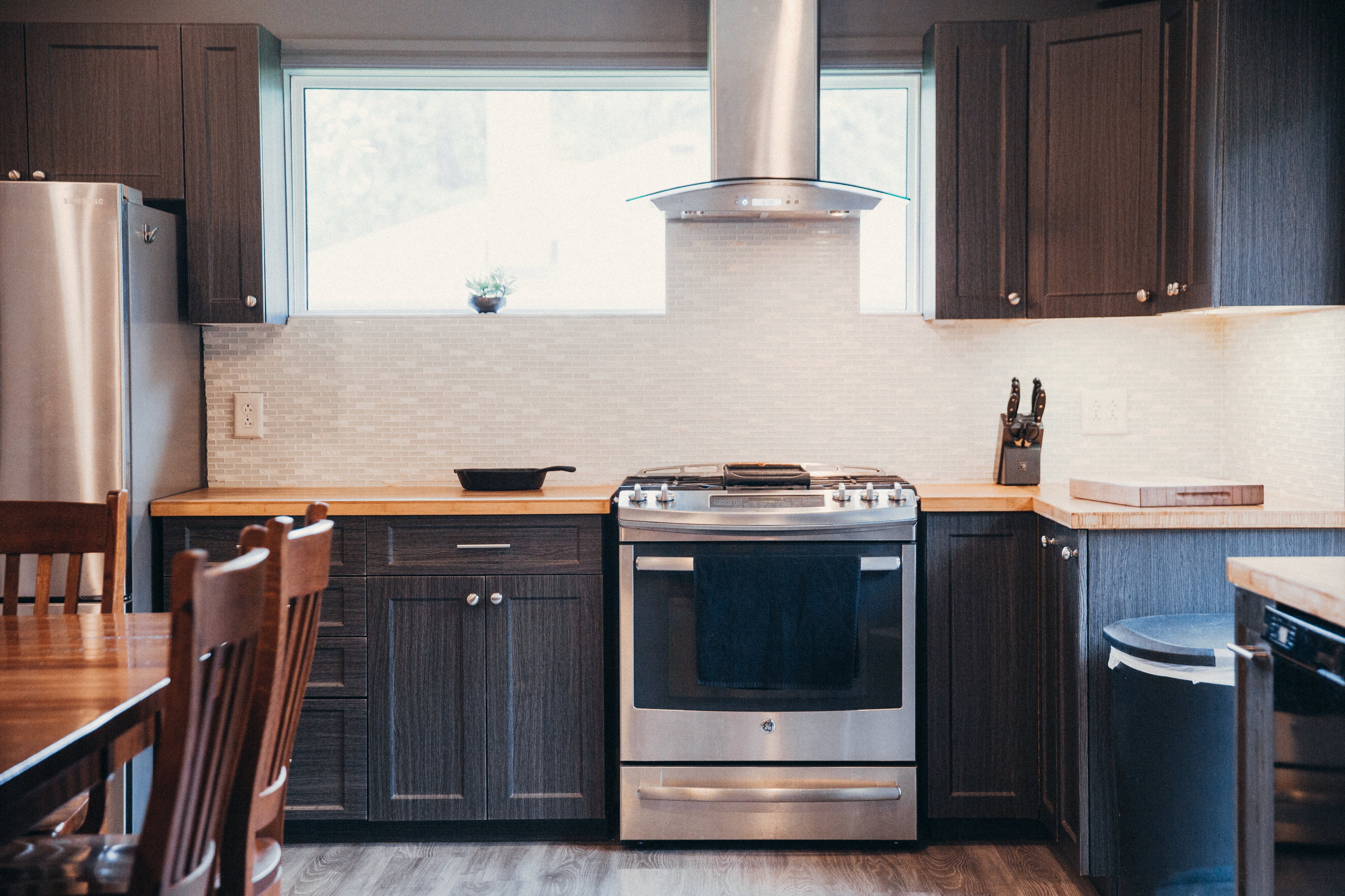Thermofoil Cabinet Doors: How to Fix & Prevent Peeling or Delamination
Thermofoil cabinet doors offer a smooth, budget-friendly alternative to painted wood, but owners often discover an unwelcome surprise—peeling corners and delaminated edges. In this guide you’ll learn why thermofoil cabinet doors peel, step-by-step repair techniques, and proven ways to stop the problem from coming back.
What Are Thermofoil Cabinet Doors?
Unlike solid-wood doors, thermofoil doors are made from medium-density fiberboard (MDF) vacuum-wrapped in a thin, heat-bonded vinyl film. This creates a smooth, wipe-clean surface, but the bond can fail when exposed to sustained heat, steam, or moisture—especially around sink bases, ovens, and dishwashers.
Why Do Thermofoil Cabinets Peel or Bubble?
- Excessive heat: Prolonged temperatures above 150 °F soften the adhesive.
- Steam and humidity: Moisture seeps into door seams, weakening the vinyl bond.
- Age & wear: Everyday bumps, scratches, and cleaning chemicals break the seal over time.
- Poor installation: Gaps or unfinished edges let water penetrate the MDF core.
Step-by-Step Guide: How to Repair Peeling Thermofoil Cabinet Doors
Tools & Materials
- Heat gun or hair dryer
- High-heat resistant contact cement or thermofoil adhesive
- Plastic putty knife or roller
- Clean cloths & denatured alcohol
- Cabinet Hero™ door protector (optional but recommended)
Repair Instructions
- Clean & prep. Wipe the exposed MDF and backside of the lifted vinyl with alcohol; let dry.
- Reactivate vinyl. Gently heat the peeled section with a heat gun, making the vinyl pliable.
- Apply adhesive. Brush a thin coat of contact cement on both surfaces; wait until tacky.
- Press & roll. Re-seat the vinyl, working from the center outward to remove air bubbles.
- Cure time. Clamp or weight the area for the manufacturer’s recommended setting period.
Five Pro Tips to Prevent Future Delamination
- Install heat-shield strips between your oven or dishwasher and adjacent doors.
- Use range-hood fans to vent steam during cooking.
- Wipe spills immediately—standing water is the enemy of MDF cores.
- Avoid harsh solvents; clean with mild, non-abrasive soap.
- Apply a Cabinet Hero™ thermofoil protector on door tops and drawer fronts in high-heat zones.
How Cabinet Hero™ Protectors Safeguard Thermofoil Cabinet Doors
Cabinet Hero door protectors are transparent, clip-on shields that block steam and radiant heat, keeping the delicate vinyl seam cool and dry. Independent tests show up to a 30 °F lower surface temperature behind the shield, reducing adhesive failure risk by more than 60%. They install without tools and are easily removed for cleaning.
Frequently Asked Questions
Are thermofoil cabinets durable?
Yes—when kept away from continuous heat and moisture, thermofoil surfaces can last 15–20 years with minimal maintenance.
Can you paint over thermofoil cabinet doors?
You can, but the vinyl must be thoroughly scuffed and primed with a high-bonding primer. Many homeowners find replacing doors or refacing with rigid thermofoil (RTF) easier.
Is it cheaper to reface or replace thermofoil cabinets?
Refacing with new thermofoil doors typically costs 30–50 % less than a full cabinet replacement, while offering a quick aesthetic upgrade.
Will peel-and-stick contact paper fix damaged doors?
Contact paper provides a short-term cosmetic cover but won’t stop underlying moisture or heat damage. For lasting results, re-adhere or replace the vinyl and add heat protection.
Final Thoughts
With prompt repair, proper cleaning habits, and affordable protection like Cabinet Hero shields, your thermofoil cabinet doors can stay smooth and stylish for years. If widespread delamination has already set in, consider upgrading to fresh RTF doors or a different door style for a cost-effective kitchen refresh.





